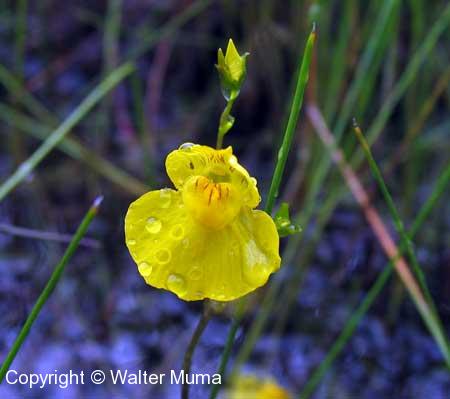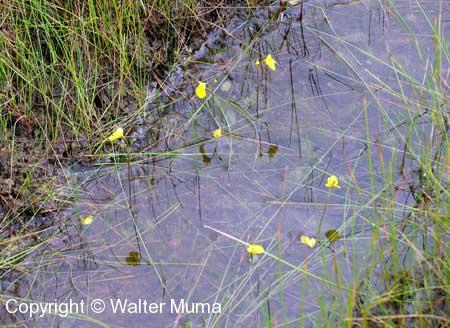Flat-leaved Bladderwort
Utricularia intermedia |
|
|
|
|
 |

|
 |
Closeup view of a Flat-leaved Bladderwort flower. Note the wide flat lip. |
|
 |

|
 |
A number of Flat-leaved Bladderwort growing in a water-filled depression. |
|
 |
|
|
 |
|
|  |
|
|
|
|
Range map for Flat-leaved Bladderwort (Utricularia intermedia)
PLEASE NOTE: A coloured Province or State means this species occurs somewhere in that Province/State.
The entire Province/State is coloured, regardless of where in that Province/State it occurs.

(Range map provided courtesy of the USDA website
and is displayed here in accordance with their
Policies)
|
| |